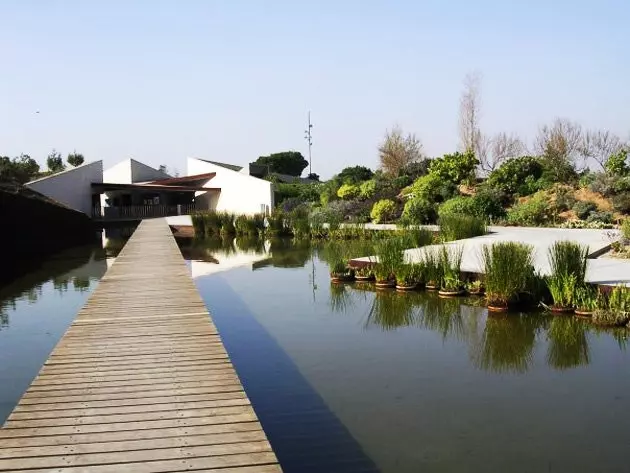
Historical Botanical Garden of Montjuic, Barcelona
There are gardens and gardens. Some are found in singular spaces, with difficult access, they are practically hidden and a symbiosis is produced between the garden and the place that welcomes it, establishing a silent dialogue full of nuances.
In Barcelona there is a botanical garden in an abandoned quarry; in Copenhagen we will walk among the tombs of Kierkegaard and Hans Christian Andersen; in full Austrias area of Madrid there is a tiny but beautiful garden; in Brussels , on a steep hill, we discover a sensational park and in Lisbon , in one of the most beautiful museums in the world, the garden faces the art collection directly and without embarrassment.
The tradition of Spanish gardens with Arab reminiscences it is that of the essences of Mediterranean flora, that of orange trees and orange blossoms, that of intimate spaces surrounded by latticework, that of mysterious nooks and crannies completed by the permanent and soothing sound of water. The French provided exultant and orderly gardens , and the English romanticism of the 17th century recovered a certain tamed naturalness, with plays of light and shadow that gave them a fantastic and melancholy character.
Today in London , we keep finding private and communal gardens where we can contemplate the balance of plant species and forms that change with the seasons. A neighbor's key allows us to open the gate and go to the other side of the wall that protects them from prying eyes and turns them into well-kept secrets, into havens of peace. Among those that we can visit without being invited by one of its owners is that of ** Chiswick House ** , full of cypresses and cedars, designed by William Kent, one of the initiators of the English landscaping.
On each trip we should have at hand the address of one of these gardens, a place to rest and prepare the next steps of the journey.
**IN A QUARRY (BARCELONA) **
The great urban park of Montjuic keeps a little secret, the Historical Botanical Garden. It's hard to find your entrance, behind the MNAC , but soon you find yourself in a natural vertical garden with the tallest trees in the city, rocked by the sound produced by the waterfall of a stream that crosses it. In the foliage, among the mouthfuls that were given to the mountain, you could find the writer Ignacio Vidal-Folch preparing his new novel or the next article.
This botanical museum has been somewhat relegated by the new one, located very close, built for the Olympic Games by Carles Ferrater and Josep Lluís Canosa, the landscape architect Bet Figueras, the horticulturist Artur Bossy and the biologist Joan Pedrola, however the historic deserves a quiet tour to enjoy each of the plant species that it shows and the environment.
**IN A CEMETERY (COPENHAGEN) **
In the Assistants , the Copenhagen cemetery, the memory of Soren Kierkegaard, Hans Christian Anderson and other greats of Danish history. They rest in electric green meadows, under the canopy of chestnut, beech and fir trees, peaceful, but surrounded by life, both plant and human. To Andersen - who stated: "To travel is to live" -Surely it won't bother him to be surrounded by tourists and locals who read, stroll, organize picnics and sunbathe naturally in his cemetery. A hymn to life in one of the most beautiful gardens in Europe.
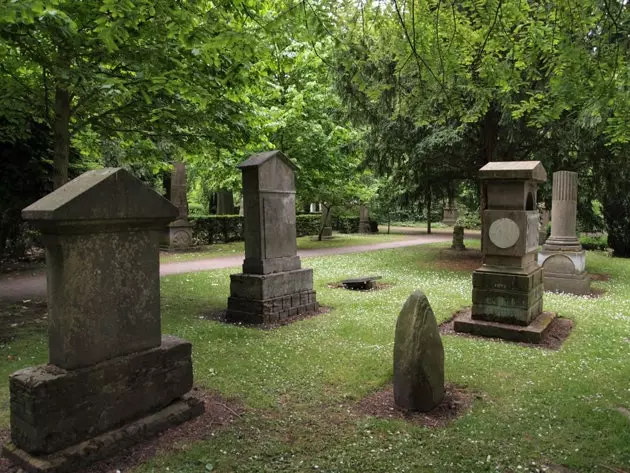
The 'peaceful' garden of the Assistens cemetery
**IN A PALACE (MADRID) **
The Palace of the Prince of Anglona It is located in the Plaza de la Paja, in Madrid de los Austrias. It is not easy to find the tiny door of this vegetal oasis, but to go through it is to find a singular surprise. Strawberry trees, lime trees, pomegranate trees, persimmons, almond trees, a flowery pergola and even a graceful fountain are harmoniously distributed in this hanging garden, supported by brick and granite walls. In the mornings you could see, walk around and think about the writer Javier Marías or the writer Nicholas Casariego , sitting on one of the granite benches, reading next to his son's stroller.
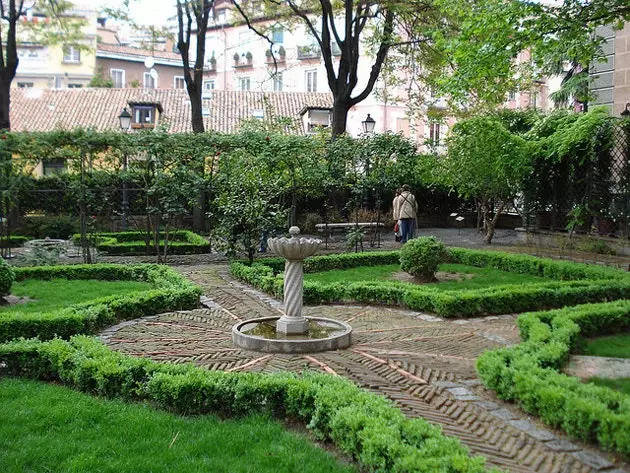
Garden of the Palace of the Prince of Anglona
**IN A MUSEUM (LISBON) **
It could be said that the Calouste Gulbenkian Museum is one of the best in the world, and this grandiose statement has its reason for being in the quality of its collection and also in the constant dialogue between nature and art thanks to its garden, designed by landscape architects Gonçalo Ribeiro Telles and António Viana Barreto . Trees, lakes and an outdoor amphitheater. An imposing set, full of nooks and crannies to discover. The delicacy of the pieces of Renee Lalique , exhibited in the museum, moves outside in a game of brightness and shadows that the light projects on the water.
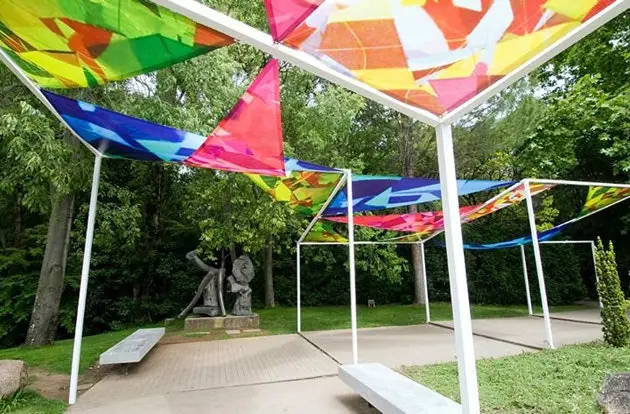
The secret garden of Lisbon
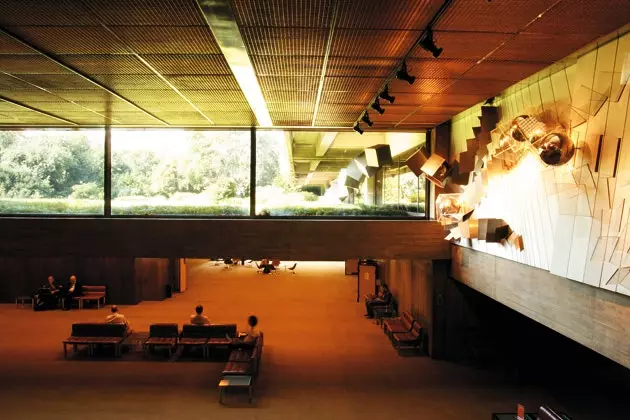
Calouste Gulbenkian Museum
**ON A HILL (BRUSSELS) **
In the very center of Brussels, without warning, if you are lucky, you can find yourself, between two buildings, with a narrow entrance with a sign: “ Park Tenbosch ”. Going down the winding slopes you enter a closed Eden of spectacular vegetation, a real labyrinth , a descent into the greenest “skies” ever seen. Behind the design of this garden usually visited by the rain is the landscaping studio Stuart Garden Architecture . The rain here is not an excuse, but a celebration. To get wet in this garden is to feel the pleasure of the serenity that you observe in roots, flowers and tops, which feed on the prevailing humidity and freshness.
_ You may also be interested..._*
- The most beautiful gardens in the world
- Hotels with garden (hanging) included
- All the articles of Marisa Santamaría
